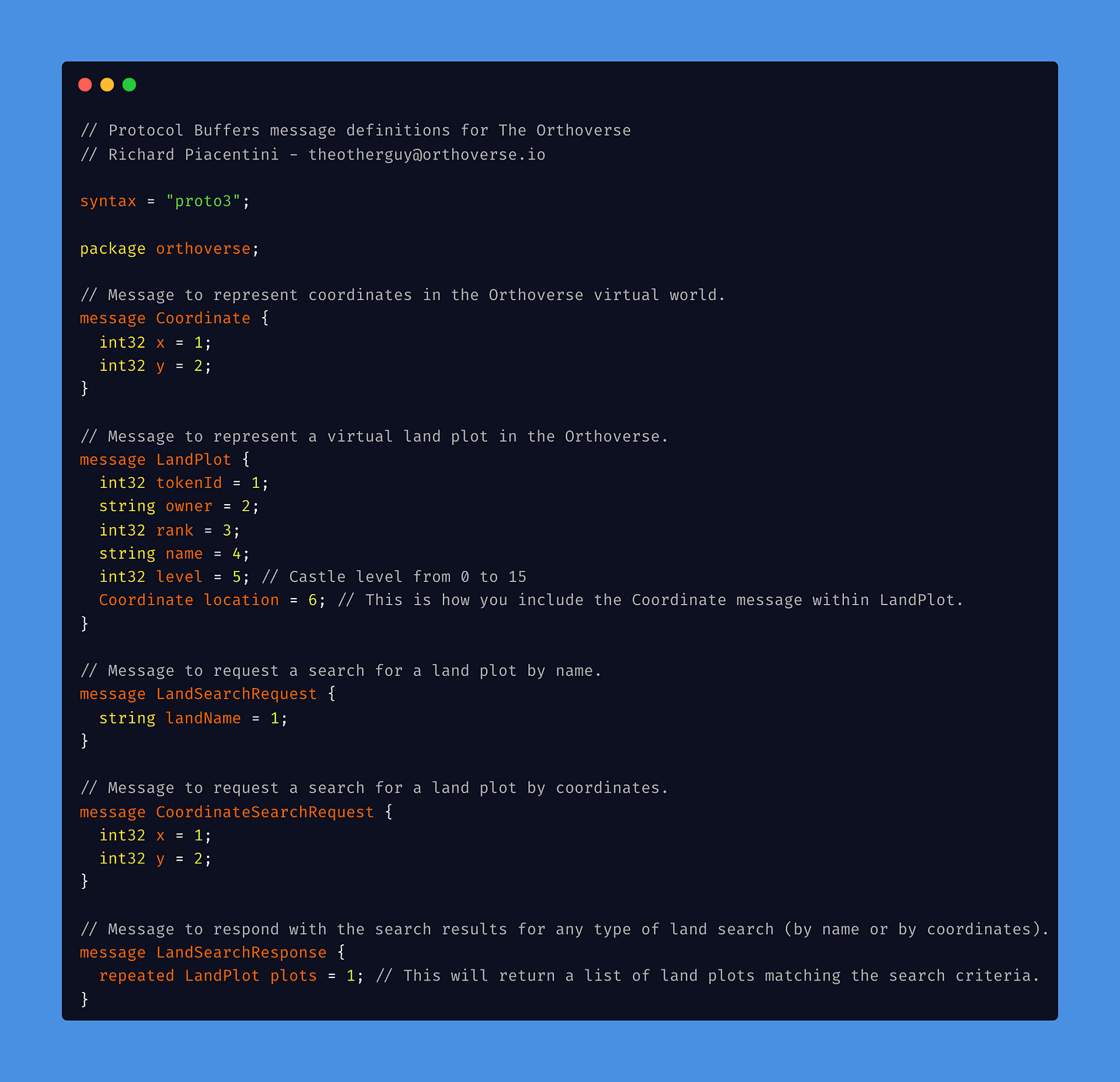🌐 Software Development: An Overview of Google's Protocol Buffers
📦 Protocol Buffers, aka "Protobuf", is a software framework for serializing and deserializing structured data. It was created by Google in 2008 and has since become a popular choice for building scalable, distributed systems that require efficient communication between components.
🔑 Here are its key features:
💾 Binary format: Protobuf uses a binary format to encode data, making it more efficient than text-based formats like JSON, YAML or XML. However, a downside is that it's not easily decipherable during debugging, potentially complicating troubleshooting compared to formats that are human-readable.
🌍 Language Neutral: The Protobuf compiler (`protoc`) can generate interfaces code in multiple languages, including C++, Javascript, Ruby, Rust, Python, Go, Java, C#, and many others. This makes it easy to work with the same data structure across different programming languages.
📄 Structured data: Protobuf is designed to work with structured data, such as messages or objects, rather than unstructured data like plain text.
⚡ Efficient communication: Protobuf is optimized for efficient communication between components in a distributed system, making it well-suited for microservices architectures and applications that require real-time communication.
✅ Automatic error checking: Protobuf includes built-in mechanisms for checking and correcting errors in the data being transmitted, which can help prevent issues during transmission.
🛠️ Extensibility: Protobuf allows developers to define their own message types and fields, making it a flexible tool for building custom data formats.
🚀 Fast development: Protobuf provides a quick and easy way to develop and test applications, thanks to its simple syntax and built-in tools.
🖥️ Compatible with multiple platforms: Protobuf can be used on a wide range of platforms, including Windows, Linux, macOS, Android, and iOS.
📈 Widely Used: While developed by Google and used extensively within Google's projects, Protobuf has gained widespread adoption in the tech industry, especially in high-performance applications and microservices (often in combination with gRPC).
🔍 Some common use cases for Protobuf include: communication between components in a distributed system, serialization of data for storage or transmission, definition of message formats, building API gateways, integration with other technologies such as RESTful APIs, gRPC, or message queues, to build more complex systems.
💡 In conclusion, Protobuf not only offers a compact binary format but also provides superior performance, especially when compared to more traditional data formats like JSON, YAML or XML. Its adaptability across multiple programming languages, combined with its efficiency in data serialization processes, makes it an invaluable tool in modern software development.


